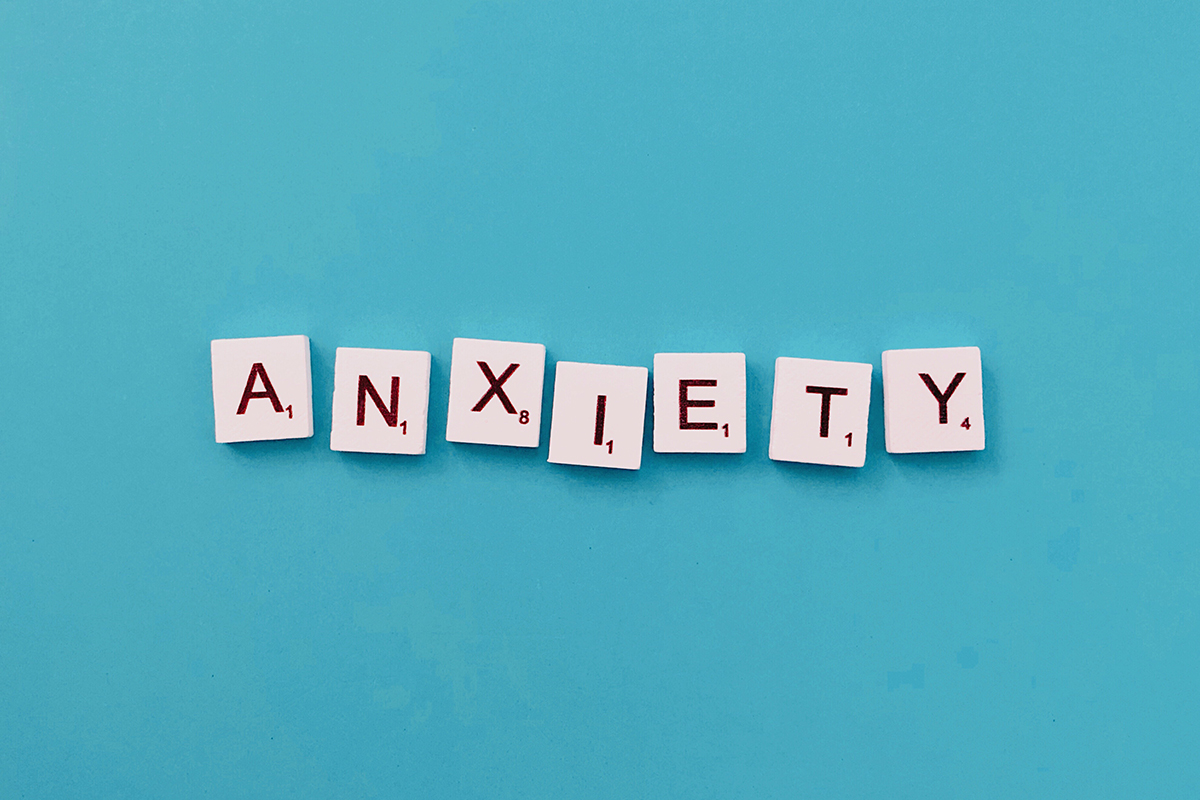What is anxiety?
Anxiety involves the mental experiences of worry, nervousness, dread, or fear. It also involves many different physical experiences such as racing heart, shortness of breath, muscle tension, physical pain (e.g. headache), feelings of fatigue, restlessness, and sleep difficulties.
When is anxiety a “problem”?
Everyone experiences anxiety at some point and at times anxiety is not only normal, but can be potentially beneficial. For example, a small amount of worry or anxiety about an upcoming test may help motivate you to study. However, an excessive amount anxiety may make it harder for one to concentrate when studying and impact performance during a test.
Anxiety is considered problematic when it is excessive to what would be typical for the situation, causes significant distress to the person, and interferes with every day activities, experiences, and quality of life.
What can I do if I experience anxiety?
There are several strategies for dealing with anxiety. Everyone is different so its important to try a combination of multiple strategies to see what works for you.
Physical Self-Care
- Reduce your general daily experience of anxiety by practicing healthy habits, routines, and self-care.
- Creating healthy habits and regular routine has been shown to reduce overall levels of anxiety. This involves keeping regular sleep patterns, getting enough sleep, eating healthy meals, and getting regular exercise. When we tend to our physical healthy, our body is less susceptible and better able to respond to anxiety causing events.
Mental and Emotional Self-Care
- Just as important as physical health, be sure to create healthy habits and routines that tend to your mental and emotional well-being.
- Schedule daily activities that create feelings of relaxation, enjoyment, fulfillment, and social connection.
- This can include relaxing activities such as taking a bubble bath, gentle yoga, or reading a fun book or magazine. Enjoyable activities can include things several things like watching a favorite TV show or hobbies such as golf, playing guitar, or scrapbooking. Activities that create personal fulfillment may include participating in church or other religious community events, volunteering or helping others, and spending quality time with loved ones. Social connection can be achieved by going out to lunch with a coworker, calling or texting a friend, or any other positive socialization.
- It’s important to integrate a variety of activities and experiences for mental and emotional well-being. This is similar to working out multiple muscles in a workout.
Meditation and Mindfulness
- Meditation is taking time to focus and clear your mind and can be achieved in multiple ways. Sometimes this includes closing your eyes and focusing on your breath. Another type of meditation involves mentally repeating a calming phrase. There are also guided meditations where someone guides you through peaceful experiences.
- Mindfulness is an intentional use of attention. This can involve paying attention to specific things such as our body or environment and noticing them in an accepting, nonjudgmental manner. It can also involve just “being in the moment” and focusing entirely on the experiences at present without distractions from other thoughts or worries.
- Apps such as headspace or calm can help you to start practicing meditation and mindfulness.
- Start small – even 1-2 minutes of meditation or mindfulness has been shown to have positive health benefits. A good way to remember to practice is to put a note by your bathroom mirror or toothbrush and plan to practice right after brushing your teeth either in the morning or at night.
Challenge Anxiety
- Sometimes the best way to deal with anxiety is to actually challenge yourself with the thing that is making you anxious.
- For example, someone who is very anxious about a test may try not to think about it and avoid studying because it causes anxiety. Being willing to accept some of this anxiety and pushing oneself to study will typically make one feel more confident and less anxious about the test.
- Another example is someone who is afraid of dogs may tend to avoid dogs. However, being willing to slowly challenge this anxiety and be around dogs will generally help this person be less anxious around dogs in the future.
- Challenging yourself with anxiety can be hard. A good start is reminding yourself that pushing yourself with anxiety is just like working out your body. It can be uncomfortable and challenging but this is actually helping you to get stronger. Start small – just as you start with small weights when working out. You do not need to overwhelm yourself, small changes and willingness to accept anxiety and push yourself slowly is effective for reducing anxiety over time.
Meeting with a trained therapist can help you to practice and implement these strategies. Many people also find that neurofeedback helps with anxiety and one’s ability to use anxiety management strategies. If you are interested in meeting with a therapist or trying neurofeedback, contact our clinic: (224) 723-5050 or prachi@chicagomindsolutions.com.






